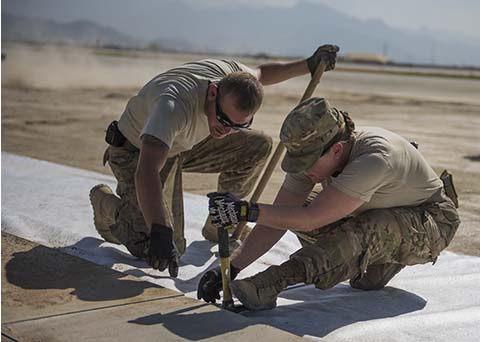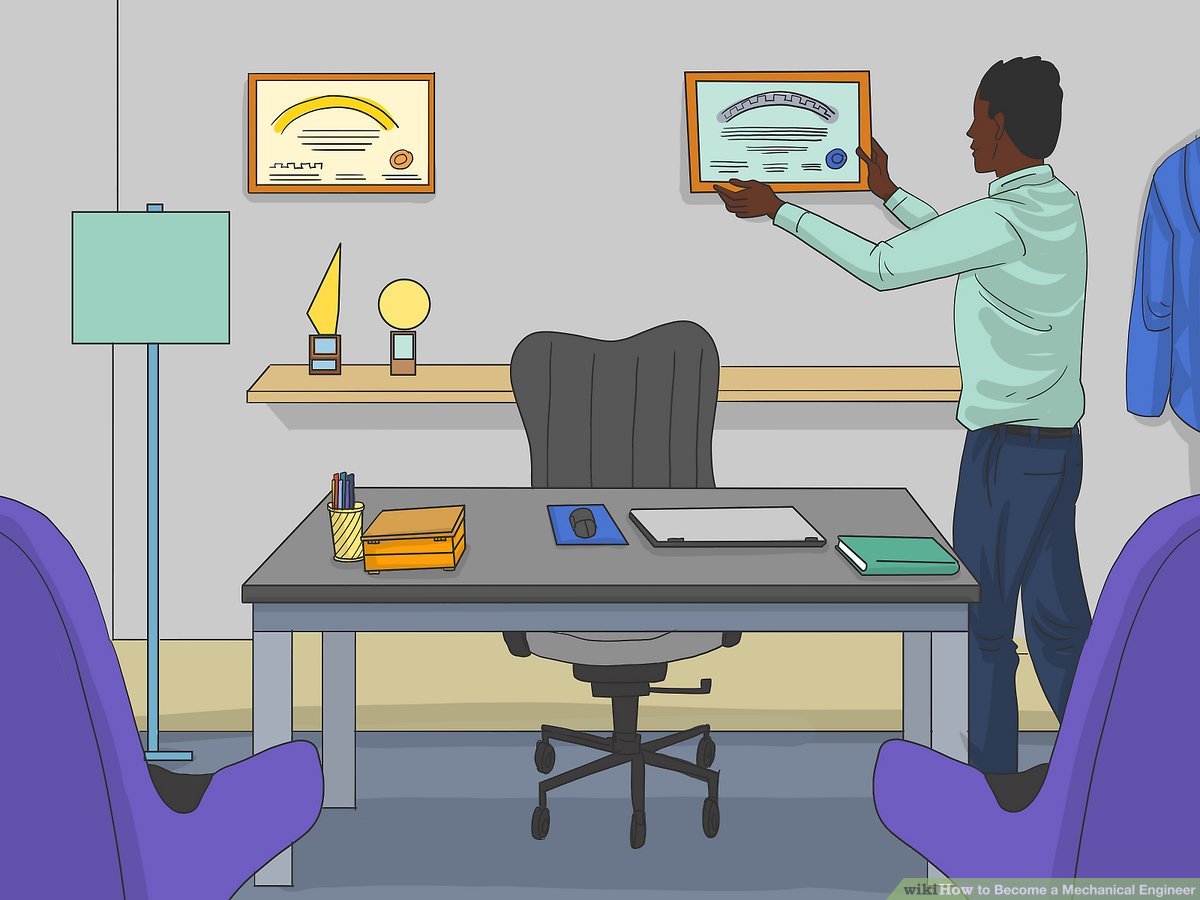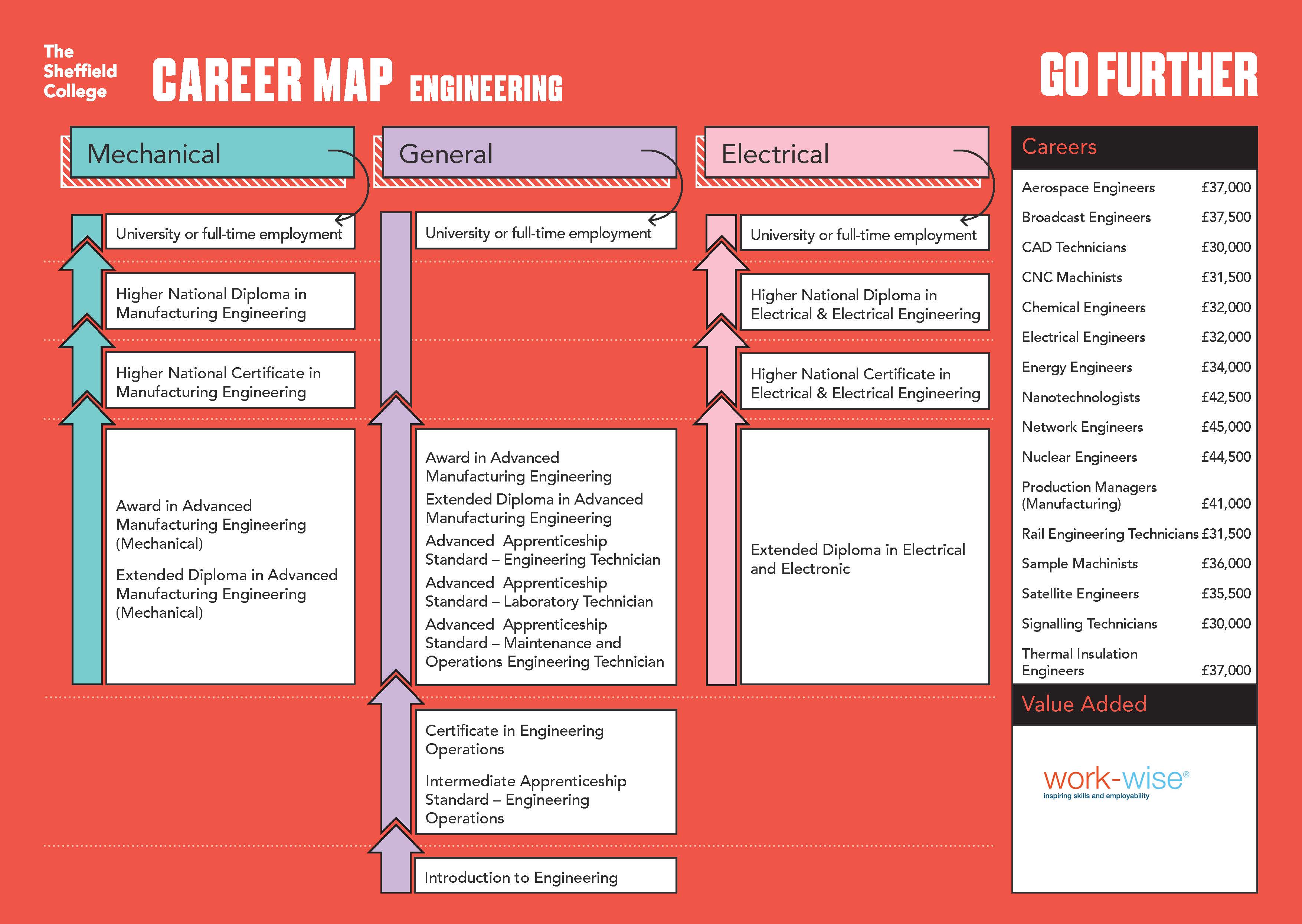
Many examples of engineering can be found throughout history, from ancient monuments to modern technology. For example, the ancient Egyptians credit Imhotep for building the step pyramid at Saqqara. Imhotep's step-pyramid was built in the third millennium BC. After his death, the Egyptians honored him with a deification. You might have heard of the ancient Egyptian engineer Imhotep, but did your know that he was also considered a deified god.
Ancient engineering monuments
Many monuments of ancient engineering are evidence of the human abilities. Ancient Egyptian civil and military engineers can be seen in the pyramids of Egypt, ziggurats from Mesopotamia, as well as Pharos of Alexandria. Acropolis and cities in the Indus Valley civilization are other examples of engineering monuments. The Colosseum as well as the Acropolis were created by Roman and Ancient Greek engineers. Mayan civil engineers designed impressive structures, including the drainage and aqueduct systems at Teotihuacan. Al-Jazari is a Turkish engineering memorial. It was constructed using five water pumping devices for the kings in the Artuqid family. Other engineers, like Mechanics also developed the concepts gears, escapement, and other mechanisms.
Early mechanical engineering
The 5th century BC in Mesopotamia is the beginning of mechanical engineering. The field has expanded greatly over the years, encompassing everything from automobiles to energy conversion to microelectromechanical systems. The history of mechanical engineering teaches that it was never as simple as it is today. Mechanical engineering has had a profound impact on many aspects of human life, whether you're interested automobiles, manufacturing equipment or energy conversion.

Electrical engineering in the early days
After World War I, the relationship between electrical engineers with government officials was especially complicated. During the war, radio was used to communicate with each other, but this new technology required heavy government regulation. In 1917, the United States government took control of all wireless stations, arguing that the radio spectrum was too valuable to leave uncontrolled. It was the beginning of a boom in technology, which changed how we communicate. Today you can witness the history of electricity both in New York City as well as elsewhere.
Early radio technology
Simplex communications were possible using radios in the 1900s. People would send messages by sending Morse Code, which is similar to the code that was used for writing. These communications were only one-way and could not be heard over the other. Although radios were limited in their capabilities, the concept of sending electric waves over large distances was revolutionary. Without a new technology, long-distance phone lines were not possible.
Electric generators from the beginning
The creation of an early electric generator was a remarkable feat of engineering. This made it possible produce small amounts of electricity with little effort. In the 1880s, hydroelectric power was introduced to the Sierra Nevada by hydraulic mines. Almarian Decker (an engineer for the Brush arc lights who had moved from England to California because he was ill with tuberculosis) integrated generation and transmission into the first alternate-current three-phase power plant in Redlands in 1893.
In the West, early electrical engineering
The 19th-century is the start of the history in electrical engineering. Alexander Graham Bell and Thomas Edison were two of the most prominent people in the field at the time. Electricity spread rapidly and these two men became the first engineers to specialize in this field. The electrical industry's growth changed the world. Many governments began to employ electrical engineers. While the TVA was most notable of all the government initiatives in this sector, local governments also provided power and services.

Santa Clara, California: Early electrical engineering
Santa Clara University's School of Engineering was established in 1912. It began offering bachelor's degrees. Later, the school added master's and doctoral degrees to its offering. Today, the school covers the entire Silicon Valley. It offers a variety of programs in electric engineering, including advanced degree programs. It offers many opportunities for continuing education and networking. It is the only national organization that is exclusively dedicated to electrical engineering.
Electrical engineering in England at the beginning
England is where electrical engineering was first developed. Many of the pioneers in the field, including George Stephenson and Isambard Kingdom Brunel came from the UK. In 1821, Michael Faraday made the first demonstration of electrical energy being converted into mechanical energy, which helped to cement the field. Not only did these pioneers make the field possible, but many other people contributed to its development.
American early electrical engineering
Electricity was not a new technology but it was necessary for many other jurisdictions. In order to provide power and communication for their citizens, governments began to assume this responsibility and were major employers in electrical engineers. While the TVA is most prominent government initiative in this space, there were also other examples. Outside of the USA, government control of power and communication was the norm. With such technological advancement, electrical engineers began to realize the importance of advancing their field.
FAQ
What does an aerospace engineer do?
Aerospace engineers use their knowledge of aeronautics and propulsion to design spacecraft, satellites and rockets.
An aerospace engineer might be involved with designing new aircraft types or developing new fuel sources.
What type of engineer is paid the most?
Software engineers would be the correct answer. They are the ones who code for computers. Software engineers also have the freedom to choose what type of project they would like to work on. Software engineers can be employed in any industry but prefer to work in tech companies such Google or Microsoft.
What is a typical day in life of an engineer?
Engineers spend a lot time working on different projects. These projects could involve the creation of new products, or even improving existing ones.
They could be involved in research projects that aim at improving the world around them.
They may also be involved in the creation of new technologies, such as computers, phones, and cars, planes or rockets.
Engineers have to use imagination and creativity in order to achieve these tasks. They should be able and willing to think outside the boxes to come up with creative solutions.
So they will often be required to sit down and brainstorm ideas and concepts. They will also have to test their ideas and prototypes using tools such as 3D printers, laser cutters, CNC machines, computer-aided design software, and other equipment.
Engineers must communicate clearly to share their ideas with others. They need to write reports and presentations so that they can share their findings and ideas with clients and colleagues.
They must also manage their time effectively in order to complete the tasks within the time allowed.
No matter what kind of engineering you choose you must be creative, imaginative and organized.
Statistics
- 14% of Industrial engineers design systems that combine workers, machines, and more to create a product or service to eliminate wastefulness in production processes, according to BLS efficiently. (snhu.edu)
- 2021 median salary:$95,300 Typical required education: Bachelor's degree in mechanical engineering Job growth outlook through 2030: 7% Mechanical engineers design, build and develop mechanical and thermal sensing devices, such as engines, tools, and machines. (snhu.edu)
External Links
How To
How to Use the Engineering Technology Pen
A good engineering technical pen should have:
-
An ergonomic grip
-
Comfortable writing surface (a rubberized grip is best)
-
Easy access to ink cartridges
-
There is enough space to correct mistakes
-
Nuts of good quality
-
Long-term ergonomics
-
Good visibility of the ink cartridge level
-
A low weight
-
An excellent price/value combination
These tools are best used correctly.